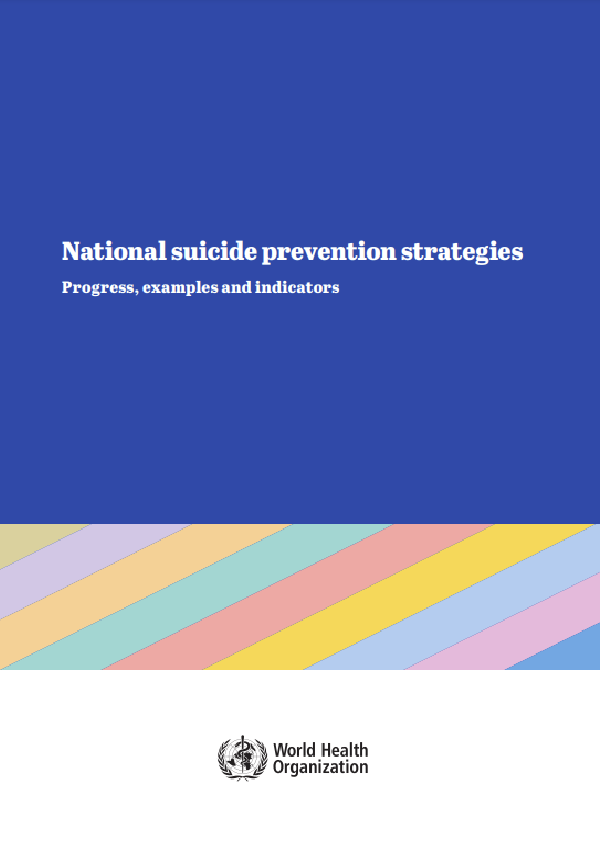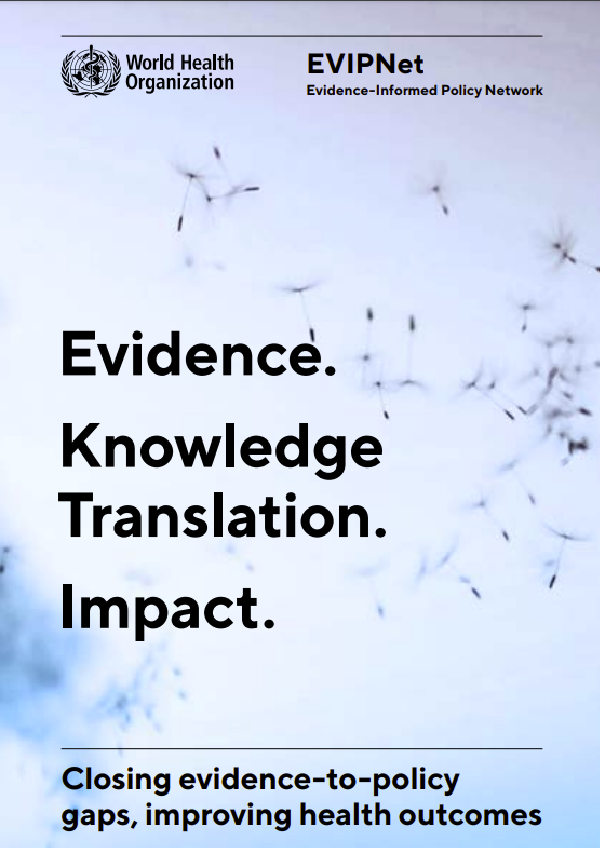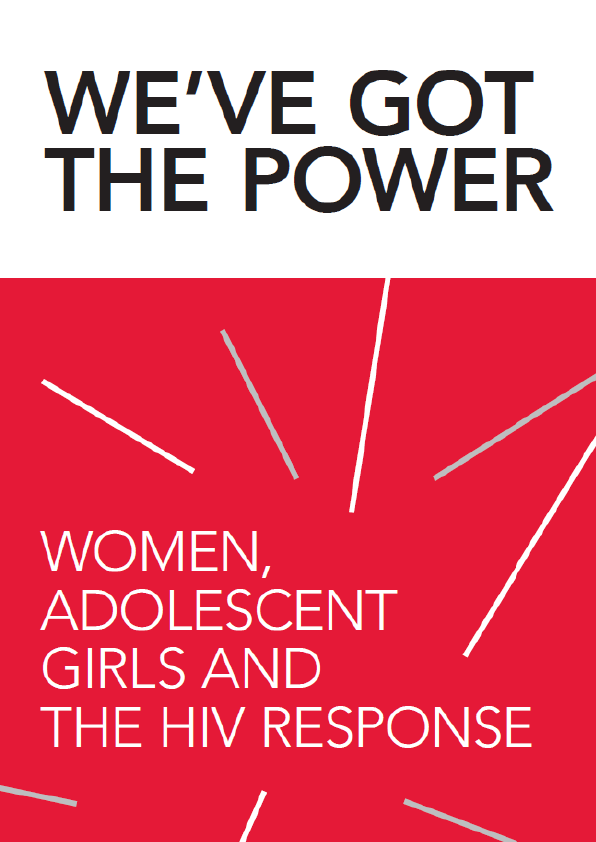National suicide prevention strategies are essential for elevating suicide prevention on the political agenda. A national strategy and associated action plan are necessary to push forward the implementation of suicide prevention. Without these, efforts are likely to abate and suicide prevention will remain neglected.
This document aims to serve as a resource and inspire governments and policy-makers to establish their own national suicide prevention strategy. Examples from each WHO Region show the variety of approaches undertaken and the indicators that have been chosen. The elements for developing, implementing, and evaluating a national suicide prevention strategy are described and actions to overcome common barriers are presented.
Globally, close to 800 000 people die by suicide every year; nearly one-third of all suicides occur among young people. Suicide is the second leading cause of death among 15–29-year-olds and the second leading cause of death for females aged 15–19 years. These data correspond to an overall global age-standardized suicide rate of 10.5 per 100 000 population in 2016 – 13.7 and 7.5 per 100 000 for males and females respectively (WHO, 2018a). Suicide is the act of intentionally causing one’s own death. Mental disorders (including depression, bipolar disorder, autism spectrum disorders, schizophrenia, personality disorders, anxiety disorders), physical disorders (such as chronic fatigue syndrome), and substance use disorders (including alcohol use disorder and the use of and withdrawal from benzodiazepines) are risk factors.
Suicide continues to be a serious problem in high-income countries. However, 79% of all suicides occur in low and middle-income countries which bear the larger part of the global suicide burden (WHO, 2018a). Although in high-income countries three times as many men die by suicide as women, the male-to-female ratio for suicide is more even in low- and middle-income countries, at 1.6 men to each woman. Suicide rates for both men and women are lowest in persons under 15 years of age and highest in persons aged 70 years or older in almost all regions of the world. In some regions, suicide rates increase steadily with age, while in others there is a peak in suicide rates in young people. In low- and middle-income countries, young adults and elderly women have much higher suicide rates than their counterparts in high-income countries, while middle-aged men in high-income countries have much higher suicide rates than those in low- and middle-income countries (WHO, 2014).
It is estimated that for each person who dies by suicide, more than 20 others attempt suicide. In fact, suicide attempts are an important risk factor for subsequent suicide (WHO, 2014).
When the family members, friends, colleagues, and communities of those who attempt suicide or die by suicide are taken into consideration, many millions of people worldwide are affected by suicide every year (Pitman et al., 2014; Cerel et al., 2018). Because suicide remains a sensitive issue, it is very likely that it is under-reported due to stigma, criminalization, and weak surveillance systems.
Social, psychological, cultural, and many other factors can interact to increase the risk of suicidal behavior, but the stigma attached to suicide means that many people who are in need of help feel unable to seek it. Risk factors for suicide include previous suicide attempts, mental health problems, harmful use of alcohol, drug use, job or financial loss, relationship breakdown, trauma or abuse, violence, conflict or disaster, and chronic pain or illness (WHO, 2014).
Unfortunately, suicide prevention is too often a low priority for governments and policy-makers. Suicide prevention needs to be prioritized on global public health and public policy agendas and awareness of suicide as a public health concern must be raised by using a multidimensional approach that recognizes social, psychological and cultural impacts (WHO, 2014).
A national suicide prevention strategy is important because it indicates a government’s clear commitment to prioritizing and tackling suicide, while providing leadership and guidance on the key evidence-based suicide prevention interventions (WHO, 2014).











